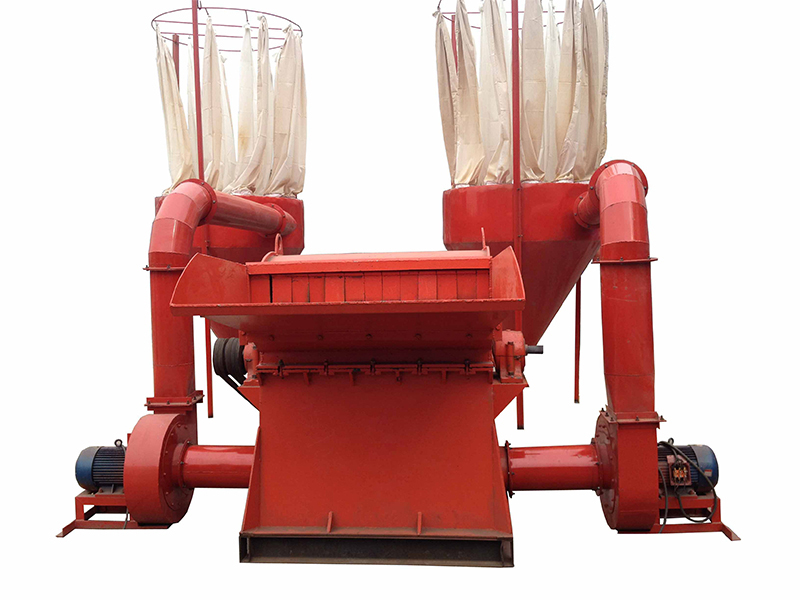Mail: htcrusher@hamachine.com
Telephone: 008618838076345
Links: YOUTUBE TWITTER FACEBOOK

The extraction and processing of bauxite, a crucial raw material for the production of aluminum, have long been challenging due to the hardness and abrasiveness of this mineral. In Tajikistan, where significant deposits of bauxite are found, the traditional methods of crushing and grinding have proven to be both energy-intensive and inefficient. However, recent advancements in hard material crushing and grinding equipment have paved the way for more sustainable and cost-effective processing techniques.
One such innovation is the development of high-pressure grinding rolls (HPGR), which have gained popularity in the processing of various minerals, including bauxite. The HPGR technology offers several advantages over conventional crushers and ball mills. It operates on the principle of applying extremely high pressure to the feed material, which results in a more efficient size reduction process. The reduced particle sizes require less energy during subsequent grinding stages, leading to significant energy savings.
Furthermore, the use of HPGR allows for a narrower particle size distribution, which is beneficial for downstream processes such as flotation or leaching. This can potentially improve the overall recovery rates of valuable metals from the ore. Additionally, the lower wear rates associated with HPGR compared to other crushing devices mean that maintenance costs are minimized, further enhancing operational efficiency.

Another area of innovation is the integration of advanced sensors and control systems into crushing and grinding equipment. These technologies enable real-time monitoring of critical parameters such as pressure, temperature, and vibration levels. By analyzing data collected from these sensors, operators can optimize machine settings to achieve the best possible performance while minimizing downtime and maximizing product quality.
In addition to mechanical improvements, there has also been progress in understanding the comminution behavior of bauxite itself. Researchers have studied how different bauxite types respond to various crushing forces and identified optimal conditions for each type. This knowledge allows processors to tailor their equipment setup and operating parameters specifically for their ore characteristics, ensuring maximum efficiency and product consistency.
Tajikistan's bauxite industry stands to benefit greatly from these technological advancements. With an increased focus on environmental sustainability and economic feasibility, adopting modern crushing and grinding equipment becomes not just desirable but essential for staying competitive in the global market. As these innovative solutions continue to evolve, they will undoubtedly contribute to the growth and success of Tajikistan's bauxite processing sector, paving the way for a brighter future in non-ferrous metal production.
Copyright © hengtong machinery Privacy Policy